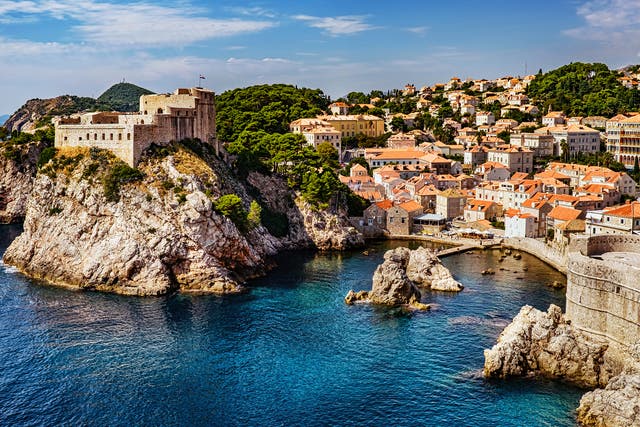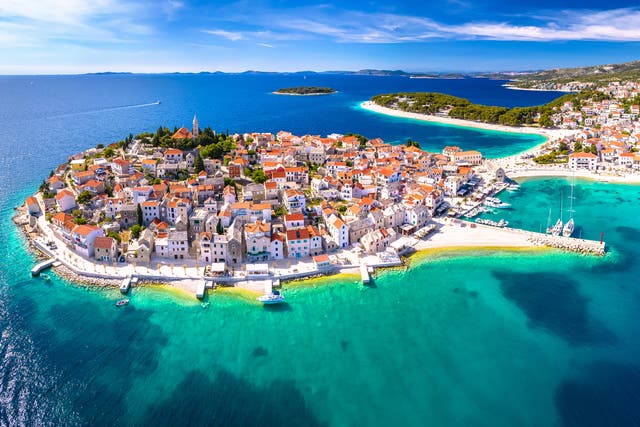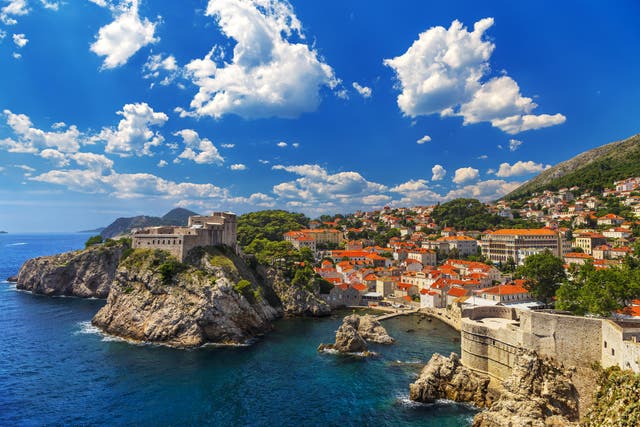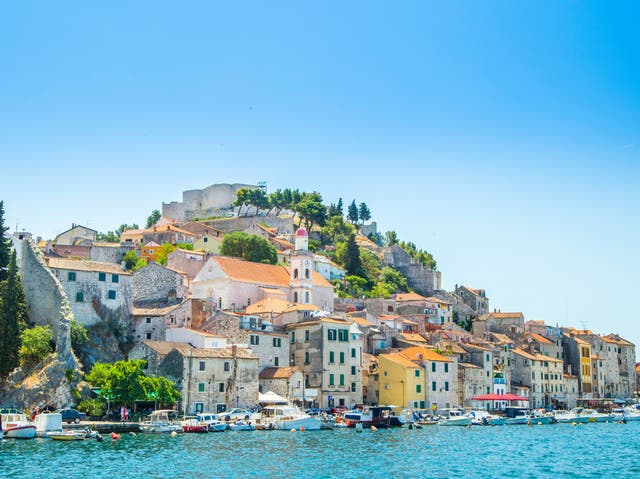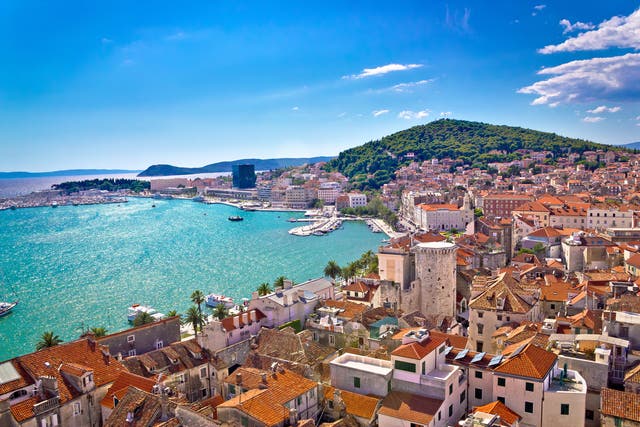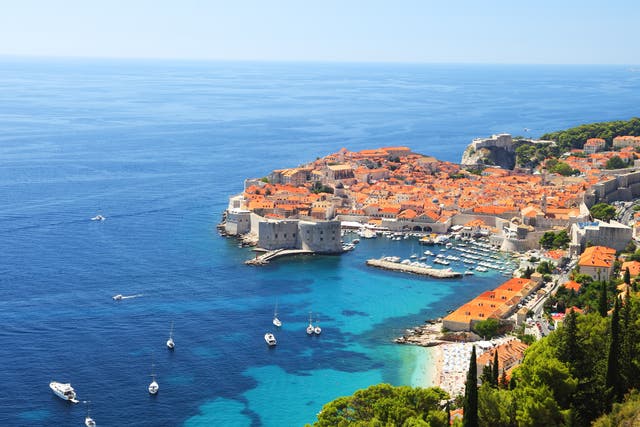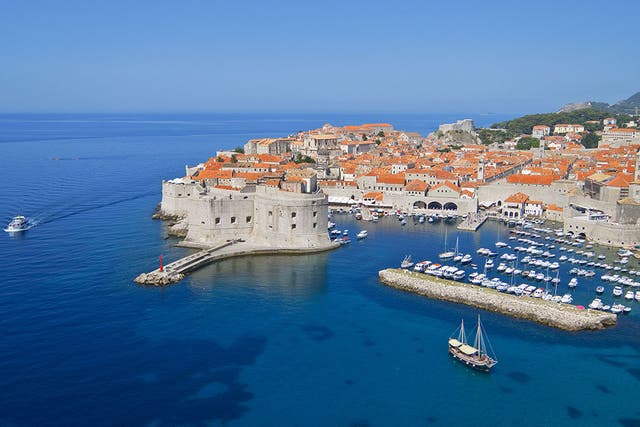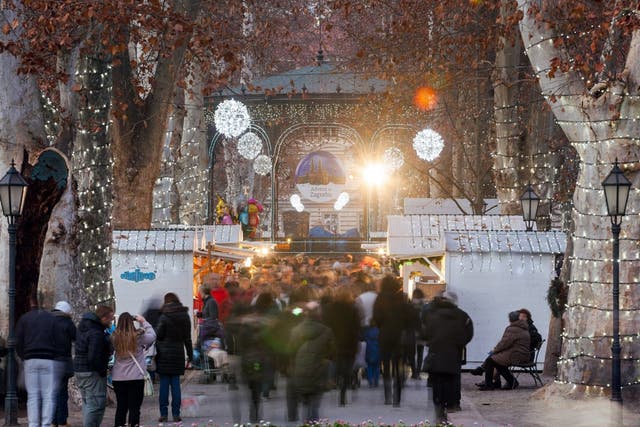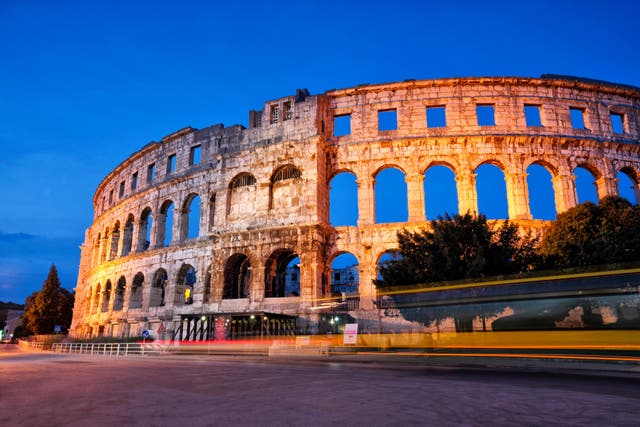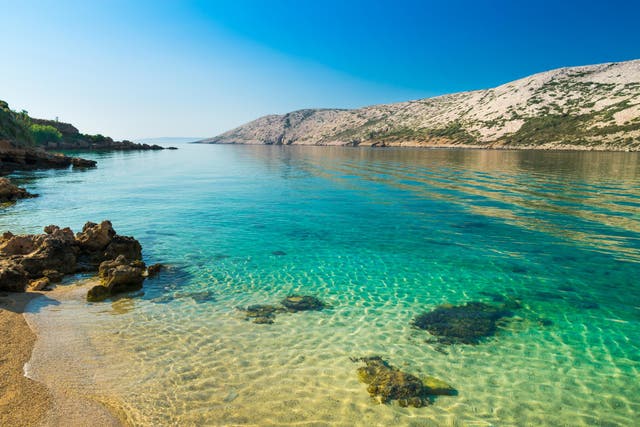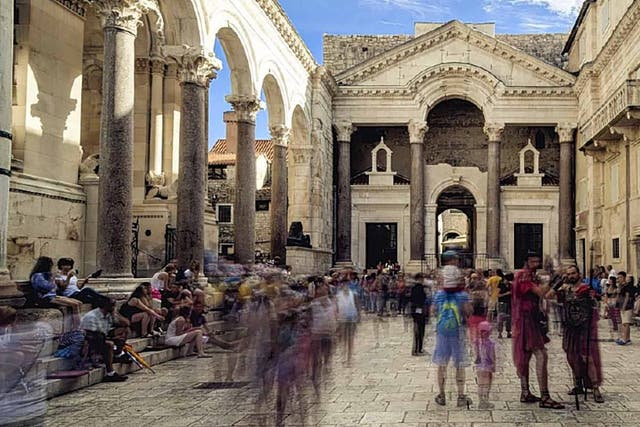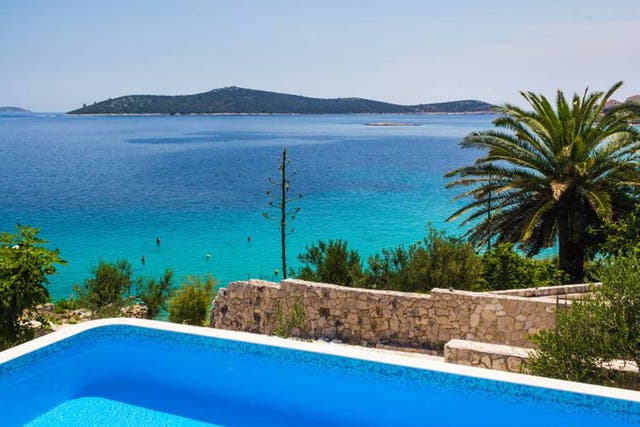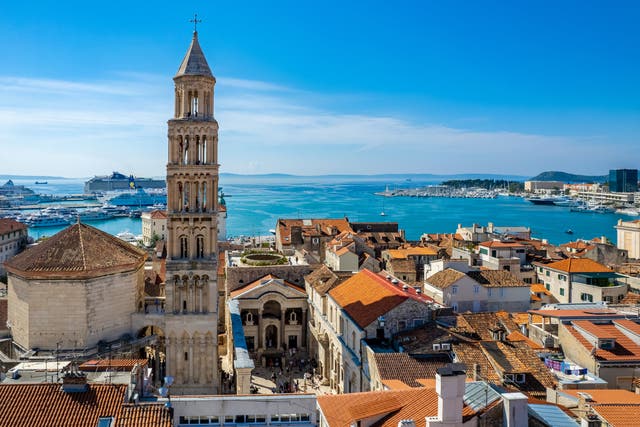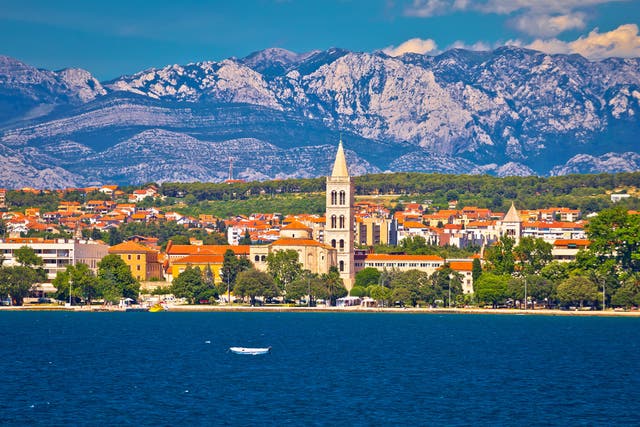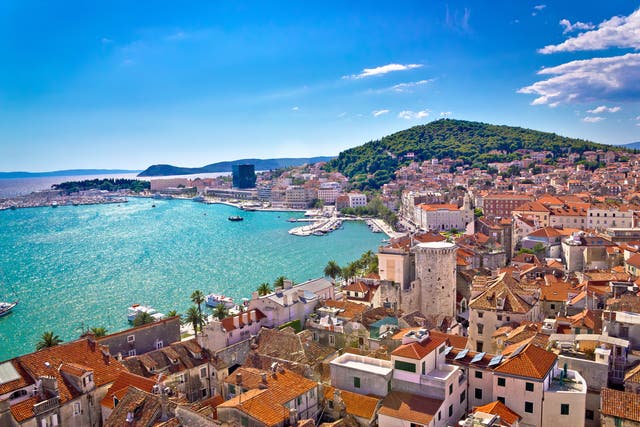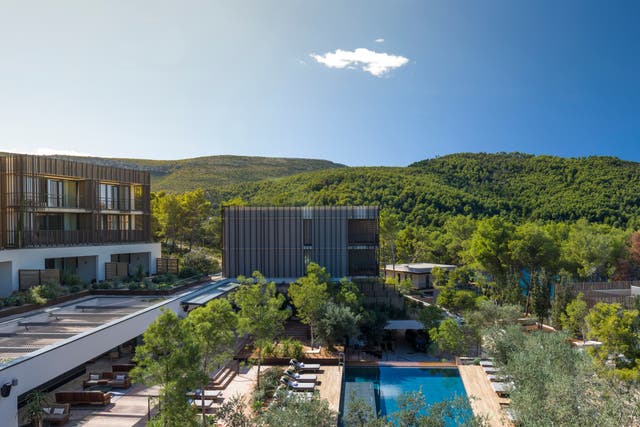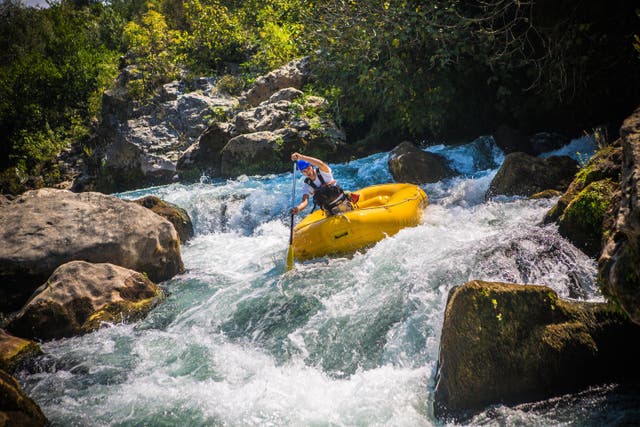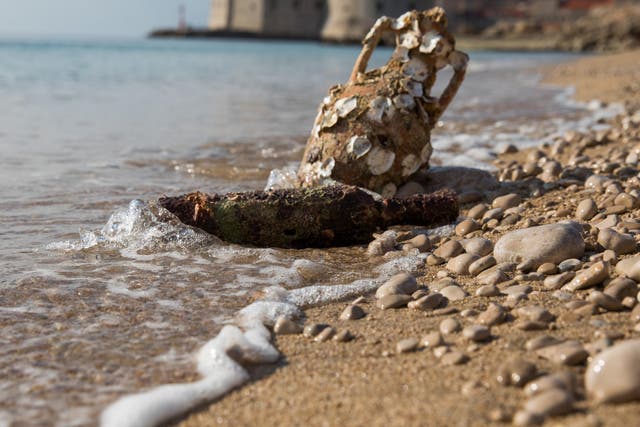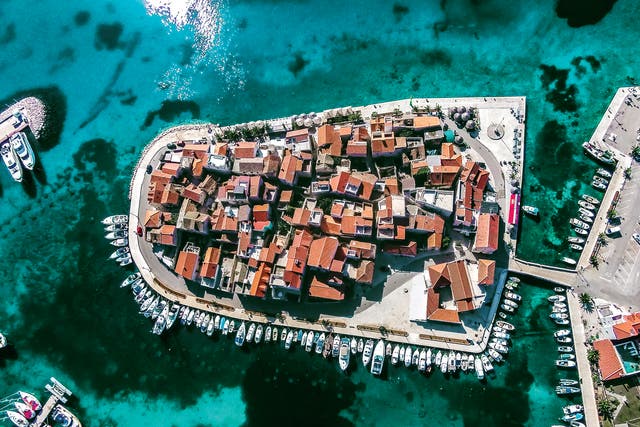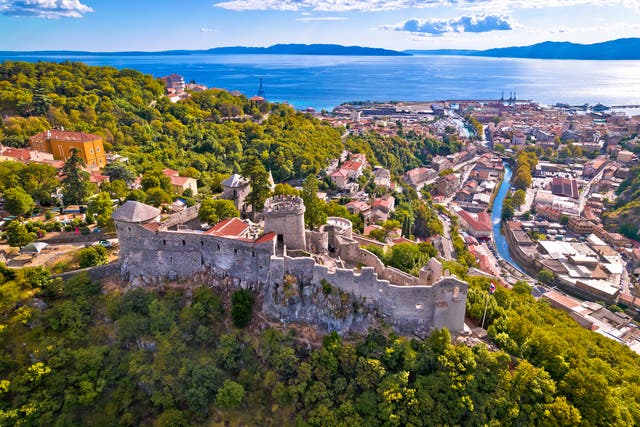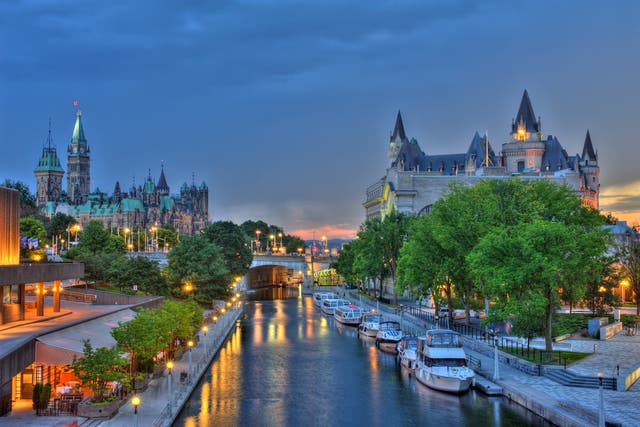Expert travel guides and holiday advice
Croatia, with its Mediterranean climate, lengthy stretch of coast along the sparkling Adriatic Sea and hundreds of islands to explore, has quickly become a firm favourite as an accessible beach break destination. The legendary coral-roofed, walled Old Town of Dubrovnik draws in the crowds – but there are plenty of other equally attractive destinations to explore. Capital Zagreb is an enticing city break option year-round, but particularly comes to life in the festive season thanks to its world-class Christmas market; second city Split sits in prime position on the coast, and has Unesco-listed ancient sites to discover; and Pula, on the tip of Croatia’s Istrian Peninsula, boasts an abundance of beaches and an incredibly well-preserved Roman amphitheatre. From in-depth guides to the country’s very best hotels, The Independent’s travel experts have put together everything you need to know to plan your next holiday to Croatia.
FAQs about Croatia
Dubrovnik
Dubrovnik usually tops everyone’s wish list, and with good reason. Its beauty is otherworldly, with medieval and Renaissance walls circling shiny marble streets of creamy Dalmatian stone houses and baroque palaces. When high-season crowds make it difficult to explore the Old Town’s car-free lanes, hop on the 10-minute boat shuttle to the tiny island of Lokrum for a picnic and a swim.
Zagreb
Croatia’s capital is often overlooked in the rush to reach the coast. But this city shows Vienna a thing or two about café culture and has a gorgeous medieval Upper Town, which you can access via a dinky little 66m funicular. Check out the bars and restaurants along Tkalčića between visits to the Zagreb City Museum and the Museum of Broken Relationships, stroll along Strossmayer Promenade, and explore the trio of landscaped parks nicknamed the Green Horseshoe before cooling off in Lake Jarun.
Pula
The largest city in Croatia’s Istrian Peninsula, Pula has Roman ruins to rival the Italian capital; its Roman amphitheatre is one of the country’s most famed attractions, while the forum and Hercules Gate are also worth seeing. A protected harbour, miles of white-sand beaches and an abundance of eating and drinking options round-out the city’s offering as one of Croatia’s best-kept secrets.
Split
It’s hard not to feel a sense of wonder when you’re sitting in a café in Split’s Old Town, surrounded by ruins of the 2nd-century Diocletian’s Palace, colonised by shops, cafés and apartments centuries ago. After strolling along the Riva waterfront and checking out the beaches, many visitors use Split as the jumping-off point for central Dalmatia’s enticing islands: laid-back Šolta, beautiful Brač with its distinctive V-shaped Zlatni Rat beach, exquisite little Vis, far-flung Lastovo, compelling Korčula and, the most popular, Hvar, whose chic Hvar Town has become party central.
Zadar
Three thousand years in the making, Zadar is a mixture of heritage meets the here-and-now. There are ancient Roman streets and harbours used since antiquity, plus isolated coves, near-empty national parks and insanely gorgeous vineyards. Think Venetian-era cathedrals and chess board castles, without the gut-punch of Split or Dubrovnik’s Game of Thrones crowds. In true Croatian style, there are memorable boat trips to islands such as car-free Silba and the spellbindingly stark and mainly uninhabited islands of Kornati National Park.
Hvar
A popular summer resort and one of the country’s best-known islands, Hvar lies roughly an hour south from Split by boat. Hvar Town boasts the medieval Fortica castle and a range of Venetian architecture, plus the bustling St Stephen’s Square in the town’s Stari Grad (Old Town). As well as pristine beaches and elegant architecture, Hvar is well-known as one of Croatia’s premier party destinations. Majerovića is a popular spot for daytime parties, while the town itself contains dozens of bars and clubs for evening drinks.
Getting to Croatia and back
The quickest and cheapest way to get to Croatia is to fly to one of its seven international airports: Zagreb, Split, Dubrovnik, Rijeka, Pula, Zadar and Osijek. If you’re travelling via Italy, you can take an overnight Jadrolinija ferry from Ancona to Zadar, Split or Hvar. Train options are lengthy but beautiful, with trains from London via Paris and Munich or Vienna to Zagreb, or via Ljubljana to Rijeka or Pula. Alternatively, take the Harwich ferry to the Hook of Holland and pick up the train in Amsterdam to get to Zagreb via Munich.
Getting around Croatia
Public transport – rail, coaches and city buses – is very affordable in Croatia. The rail network, HŽPP, has good connections between Zagreb and other main cities, but doesn’t extend south beyond Split. The bus network is much more extensive, and very cheap. The ferry service between the mainland and the islands, Jadrolinija, runs car ferries as well as fast catamarans, both at very reasonable prices. If you want to explore some of the inland regions, then a hire car is your best bet. Internal flights are frequent but not cheap

